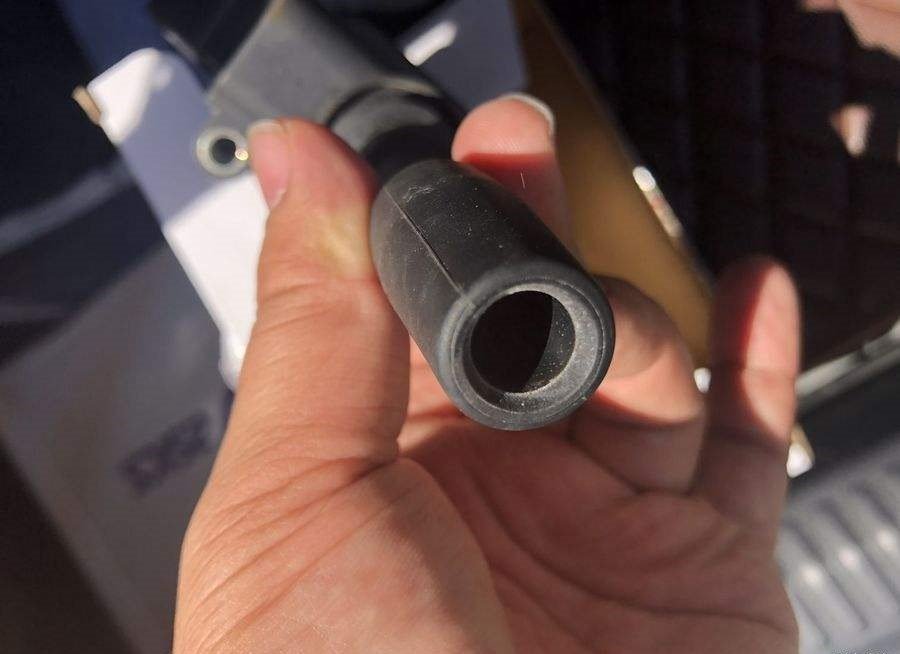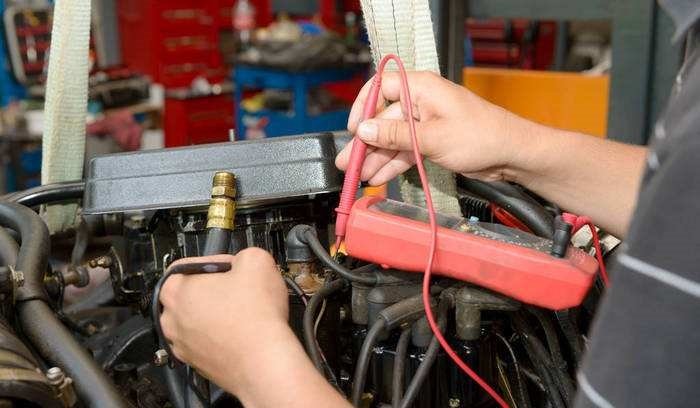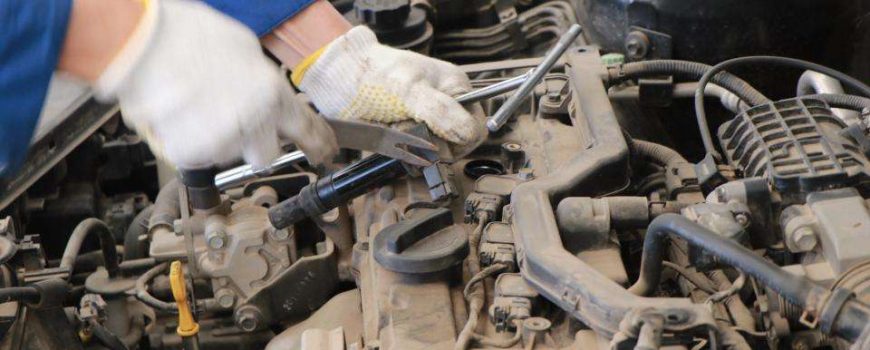If our vehicle vibrates abnormally or fails to start, it may be the ignition wire system failure. Let me teach you some practical detection methods.
Detection of ignition coils
- External inspection

Open the engine compartment and observe the ignition coil. If the insulating cover is broken or the outer casing is cracked, it will lose its ignition ability due to moisture and should be replaced.
- Primary winding open circuit, short circuit and ground inspection
- Measuring resistance method
Use a multimeter to measure the resistance value of the primary winding, secondary winding and additional resistance of the ignition coil, which should meet the technical standards, otherwise it indicates that there is a fault and should be replaced.
2. Test lamp inspection method
Use a test lamp, connect it to the two terminals of the primary winding, if the lamp does not light, it is an open circuit; when checking whether the winding has a ground fault, one end of the test lamp can be connected to the primary winding, and one end is connected to the shell, if the light is on, It means that there is a ground fault; it is not easy to detect a short circuit fault with a test lamp.

- Inspection of secondary windings
Because one end of the secondary winding is connected to the high-voltage jack and the other end is connected to the primary winding, during the inspection, when one contact pin of the test lamp is connected to the high-voltage jack and the other contact pin is connected to the low-voltage post, if the test lamp emits bright light , indicating that there is a short-circuit fault; if the test light is dark red, it means that there is no short-circuit fault; if the test light does not turn red at all, you should pay attention to observe, when the contact pin is removed from the post, see if there is any spark. Sparks indicate that the winding has been disconnected.
Because the secondary winding and the primary winding are connected, if there is a ground fault in the secondary winding, it will be reflected when the primary winding is checked, and there is no need to check.
- Fire strength test
1. Electrical test bench inspection
When checking the high voltage generated by the ignition coil, it can be tested on the test bench with the distributor. During the inspection, adjust the discharge electrode gap to 7mm, first run at low speed, and when the temperature of the ignition coil rises to the working temperature (60~70°), then adjust the speed of the distributor to the specified value, (generally four or six cylinder engines) The ignition coil is 1900r/min for the 8-cylinder engine, and the ignition coil for the eight-cylinder engine is 2500r/min). If it can continuously emit blue sparks within 0.5min, it means that the ignition coil is good.
2. Test by contrast flashover method
This method can be carried out on the test bench or on the car. The tested ignition coil and the good ignition coil are respectively connected for comparison to see if the spark strength is the same.
After the ignition coil has been inspected, if there is a short circuit, open circuit, grounding and other faults inside, or the ignition strength does not meet the requirements, it should generally be replaced with a new one.
For the detection of ignition system
- Wiring inspection
Check the wiring of the ignition system, whether there is any wrong connection, missing connection, or poor contact.
- Detection of power supply voltage
Use a multimeter to check that the voltage drop between the positive electrode of the ignition coil and the ground should be equal to the voltage drop of the power supply battery (type without additional resistance). If the difference is greater than 0.5V, check the connection of the circuit for open circuit, short circuit or poor contact. .
- Detection of ignition performance
After the system is connected, run to check the ignition performance. If there is no fire, go to the following maintenance. If there is fire but it is yellow, check the capacitor itself and its circuit, and the condition of ignition coil / high-voltage lines; normal ignition is white.
- Sensor detection
If it is a non-contact ignition system, you can check the sensor first. Whether it is a Hall type or a photoelectric type, the power supply voltage from the controller is required, so first check whether the voltage is normal, if not, check the controller; The output signal of the sensor (since the electromagnetic ignition system sensor does not need a power supply, it can directly detect the sensor), the signal will change correspondingly with the operation of the engine(the electromagnetic type is 0.4-0.8V, the Hall type is 3-6V), If the speed is not lower than 1500r/min and does not meet the requirements, please replace the sensor.
- Controller detection
If there is no problem with the above detection, it is only possible that the controller is faulty, and the replacement method can be used to detect.
The faults of most vehicles can be tested by the previous methods. The latter methods require you have rich knowledge to understand. If you like your car or you are a wholesaler of ignition coils, You can also understand the following methods, if you do not understand,please contact us without hesitation.
Ignition Coil Failure Phenomenon and Practical Inspection Methods
How To Remove And Install The Ignition Coil By Yourself?
How Ignition Coils Work
How To Produce Ignition Coils?
The Structure Of The Ignition Coil
Do We Have To Use The Original Ignition Coil?

